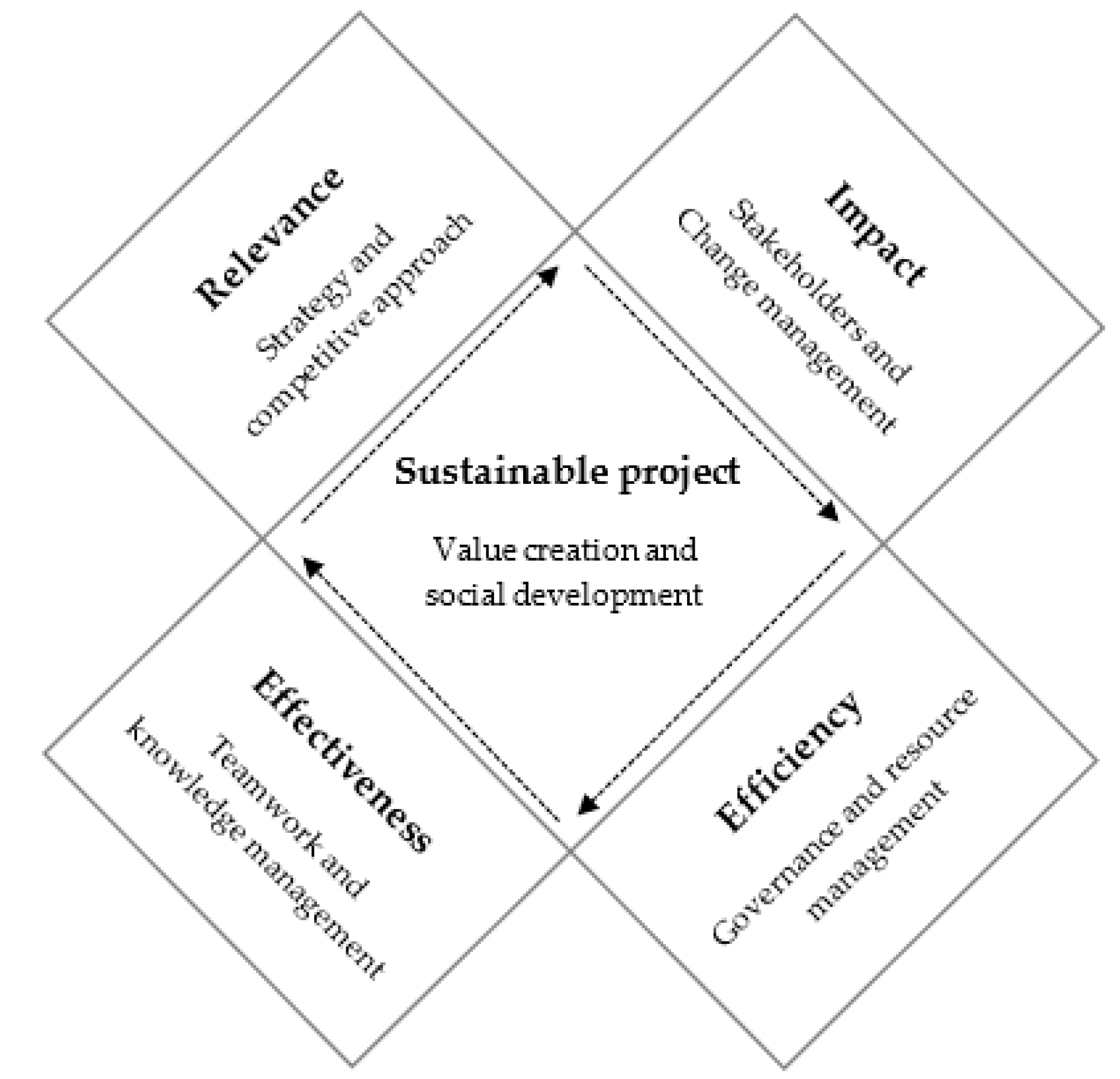Steve Heiden: Unlocking The Secrets Of The Amazon Ecosystem For Sustainable Development
Steve Heiden: Unlocking The Secrets Of The Amazon Ecosystem For Sustainable Development:
Unveiling the intricate tapestry of the Amazon rainforest, renowned explorer and scientist Steve Heiden embarks on a groundbreaking journey to unravel its ecological secrets and forge a path towards sustainable development.
Editor's Notes: Steve Heiden: Unlocking The Secrets Of The Amazon Ecosystem For Sustainable Development has published today date. Given the pressing concerns surrounding the Amazon's ecological health and its vital role in global ecosystems, this topic holds immense significance for environmentalists, policymakers, and anyone invested in safeguarding our planet.
Through years of dedicated research and exploration, Steve Heiden has compiled a wealth of invaluable insights into the Amazon's complex web of life. His work provides a comprehensive understanding of the rainforest's biodiversity, interconnectedness, and the crucial role it plays in regulating the Earth's climate.

GSMA | 5G Ecosystem - Unlocking opportunities through strategic - Source www.gsma.com
Key differences or Key takeways
| Steve Heiden: Unlocking The Secrets Of The Amazon Ecosystem For Sustainable Development | Traditional Approaches | |
|---|---|---|
| Focus | Integrative, interdisciplinary approach | Isolated, disciplinary studies |
| Data Collection | Advanced technology, cutting-edge techniques | Limited data, manual methods |
| Impact Assessment | Comprehensive analysis of environmental, social, and economic factors | Fragmented assessments, limited scope |
| Sustainability Framework | Innovative solutions, community engagement | Reactive measures, top-down implementation |
Transition to main article topics
FAQ
This article presents a comprehensive exploration of the Amazon ecosystem. It elucidates the intricate workings of its biosphere, shedding light on its role in global biodiversity and climate regulation. To delve deeper into specific aspects of the Amazon ecosystem, we provide this FAQ section to address commonly raised questions.

Building Biodiversity | Resource Panel - Source www.resourcepanel.org
Question 1: What is the extent of deforestation in the Amazon rainforest, and what are its primary drivers?
The Amazon rainforest has experienced significant deforestation over the past several decades. Major drivers include cattle ranching, soybean farming, and logging, primarily driven by the demand for land and resources in the region.
Question 2: How does deforestation in the Amazon impact global climate patterns?
Deforestation in the Amazon disrupts its ability to regulate regional and global climate patterns. The rainforest acts as a carbon sink, absorbing significant amounts of carbon dioxide from the atmosphere. Deforestation releases this stored carbon, contributing to global greenhouse gas emissions and exacerbating climate change.
Question 3: What are the consequences of biodiversity loss in the Amazon ecosystem?
The Amazon rainforest is renowned for its unparalleled biodiversity. However, deforestation and habitat fragmentation threaten numerous species, leading to a decline in biodiversity. This loss disrupts ecosystem functions, such as pollination and seed dispersal, and weakens the resilience of the rainforest to environmental changes.
Question 4: How can sustainable development be achieved in the Amazon region without compromising its environmental integrity?
Balancing sustainable development and environmental conservation requires a multi-faceted approach. One key strategy is to promote sustainable agriculture practices, such as agroforestry and sustainable cattle ranching, which minimize deforestation while enhancing productivity. Additionally, safeguarding indigenous territories and supporting community-led conservation initiatives can protect the rainforest while empowering local communities.
Question 5: What role can technology play in monitoring and protecting the Amazon ecosystem?
Technology, such as satellite imagery and remote sensing, plays a vital role in monitoring the Amazon ecosystem and detecting deforestation and other human activities. This information is crucial for implementing effective conservation strategies and enforcing environmental regulations.
Question 6: What are the key challenges facing the conservation of the Amazon ecosystem?
The Amazon ecosystem faces numerous challenges, including climate change, deforestation, pollution, and illegal activities such as mining and logging. Tackling these challenges requires global cooperation, financial support, and political will to prioritize the preservation of this vital ecosystem.
In conclusion, the Amazon ecosystem is a complex and interconnected web of life, facing various challenges but also holding immense potential for sustainable development. By fostering dialogue, collaboration, and a commitment to conservation, we can safeguard this vital ecosystem for generations to come.
The following article will explore the threats facing the Amazon ecosystem in greater depth, providing further insights into the urgent need for its conservation.
Tips
Within the Amazon ecosystem, locals have preserved biodiversity for thousands of years. By studying their techniques, scientists can develop sustainable development strategies that balance economic growth with environmental protection. Steve Heiden: Unlocking The Secrets Of The Amazon Ecosystem For Sustainable Development shares these strategies for responsible development.

Sustainability | Free Full-Text | Sustainable Development and Value - Source www.mdpi.com
Tip 1: Embrace Agroforestry
Agroforestry is an integrated farming method that combines trees, crops, and livestock to create diverse and resilient ecosystems. By planting trees alongside crops, farmers can reduce soil erosion, improve water retention, and create habitats for wildlife. Agroforestry also enhances soil health, providing nutrients for crops and promoting biodiversity.
Tip 2: Promote Community-Based Natural Resource Management
Empowering local communities to manage their natural resources effectively ensures a sustainable approach. Participatory processes and traditional knowledge can guide management strategies that balance resource utilization with conservation. Community-based management fosters a sense of ownership, encouraging long-term stewardship of the ecosystem.
Tip 3: Respect Traditional Knowledge
Indigenous and local communities possess invaluable knowledge of the Amazon's ecosystems. Traditional practices have often contributed to preserving biodiversity and sustainable resource management. By acknowledging and integrating this knowledge into development plans, researchers and policymakers can enhance the effectiveness of conservation efforts.
Tip 4: Implement Sustainable Forest Practices
Responsible forestry practices minimize the impact on biodiversity while providing economic benefits. Selective logging and sustainable harvesting techniques preserve forest health and ecosystem integrity. Reduced-impact logging minimizes damage to the forest floor, vegetation, and wildlife, ensuring long-term forest productivity.
Tip 5: Foster Eco-Tourism
Eco-tourism promotes sustainable economic development by attracting visitors interested in the Amazon's natural beauty. Properly managed eco-tourism can generate revenue for local communities while raising awareness about conservation issues. By implementing responsible practices, such as low-impact accommodations and guided tours, tourism can contribute to the preservation of the ecosystem.
Key Takeaways
These strategies offer a roadmap for sustainable development in the Amazon ecosystem. By learning from local communities, embracing traditional knowledge, and implementing responsible practices, researchers and policymakers can foster economic growth while preserving the delicate balance of this vital ecosystem.
Steve Heiden: Unlocking The Secrets Of The Amazon Ecosystem For Sustainable Development
The Amazon ecosystem holds immense significance for global climate regulation, biodiversity conservation, and sustainable development. Steve Heiden's work focuses on unraveling the intricate ecological processes and dynamics of the Amazon, aiming to inform conservation and development strategies that ensure the long-term health of this vital ecosystem.
- Ecosystem exploration: Heiden's research involves extensive field expeditions and data collection to understand the interconnectedness of species, habitats, and ecological processes within the Amazon.
- Conservation planning: By identifying key species and areas of high biodiversity, Heiden's work supports the development of targeted conservation plans that protect critical habitats and ensure the survival of endangered species.
- Sustainable land management: Heiden's research informs land-use planning and agricultural practices that minimize environmental impacts while promoting economic development and food security for local communities.
- Community engagement: Local communities play a crucial role in Amazon conservation. Heiden's work involves active engagement and collaboration with indigenous groups and local stakeholders to ensure that conservation efforts are culturally sensitive and inclusive.
- Climate change adaptation: The Amazon ecosystem is vulnerable to climate change impacts. Heiden's research contributes to understanding the potential effects of climate change on biodiversity and developing adaptation strategies to mitigate risks.
- Education and outreach: Heiden's work extends beyond scientific research to include education and outreach programs that raise awareness about the importance of the Amazon ecosystem and promote sustainable practices.
Heiden's research has provided valuable insights into the functioning of the Amazon ecosystem, highlighting the need for integrated approaches that balance conservation with sustainable development. His work has influenced policy decisions, contributed to international scientific collaborations, and inspired future generations of scientists and conservationists committed to protecting this vital ecosystem.

Detroit Lions hire Arizona Cardinals' Steve Heiden as TEs coach - Source www.dispatch.com
Steve Heiden: Unlocking The Secrets Of The Amazon Ecosystem For Sustainable Development
The Amazon rainforest, the largest rainforest in the world, is a vital part of the Earth's ecosystem. It is home to an estimated 10% of the world's known species, and it plays a crucial role in regulating the global climate. However, the Amazon is under threat from deforestation, which is driven by a number of factors, including logging, mining, and agriculture.

Corporate sustainability – Using your ecosystem to sustain the - Source www.adlittle.com
Deforestation has a number of negative consequences, including the loss of biodiversity, the release of greenhouse gases, and the disruption of the water cycle. Steve Heiden's work is focused on finding ways to promote sustainable development in the Amazon rainforest. He believes that it is possible to protect the rainforest while also allowing for economic development.
One of Heiden's projects is the development of a new type of sustainable agriculture. This agriculture would use native plants that are adapted to the rainforest environment. It would also use techniques that minimize deforestation and erosion. Heiden believes that this type of agriculture could help to reduce the pressure on the rainforest while also providing a source of income for local people.
Heiden's work is important because it offers a way to protect the Amazon rainforest while also allowing for sustainable development. His work is a model for how we can protect our planet's natural resources while also meeting the needs of humanity.
| Key Points | Importance | Practical Significance |
|---|---|---|
| Deforestation has a number of negative consequences. | Deforestation is a major threat to the Amazon rainforest. | We need to find ways to reduce deforestation in order to protect the Amazon rainforest. |
| Steve Heiden's work is focused on finding ways to promote sustainable development in the Amazon rainforest. | Heiden's work is important because it offers a way to protect the Amazon rainforest while also allowing for sustainable development. | We can use Heiden's work as a model for how we can protect our planet's natural resources while also meeting the needs of humanity. |
Conclusion
Steve Heiden's work is a model for how we can protect our planet's natural resources while also meeting the needs of humanity. His work on sustainable development in the Amazon rainforest is an example of how we can find ways to live in harmony with nature.
We need to learn from Heiden's example and find ways to apply his principles to other parts of the world. We need to find ways to protect our forests, our oceans, and our air. We need to find ways to live sustainably so that future generations can enjoy the same planet that we have.
Damon Wayans Jr.: The Witty Son Of A Comedy Legend, Mollie Hemingway: Defending Freedom, Exposing Corruption, Amanda Balionis: Trailblazing Sportscaster And Emmy Award-Winning Journalist, Jenna Lyons: The Visionary Behind J.Crew And Female Empowerment In Fashion, Zach Bryan's "Blue Jean Baby": A Heart-wrenching Country Anthem Of Lost Love And Regret, Protect Your Farm: Comprehensive Insurance For Agriculture, Nirvana: The Grunge Pioneers Who Defined A Generation, Los Angeles Dodgers Vs. Washington Nationals: MLB Preview And Predictions, Challenger Explosion: Tragedy And Aftermath In The Race To Space, Raleigh's Thriving Tech Scene: Innovation, Job Growth, And Economic Impact,